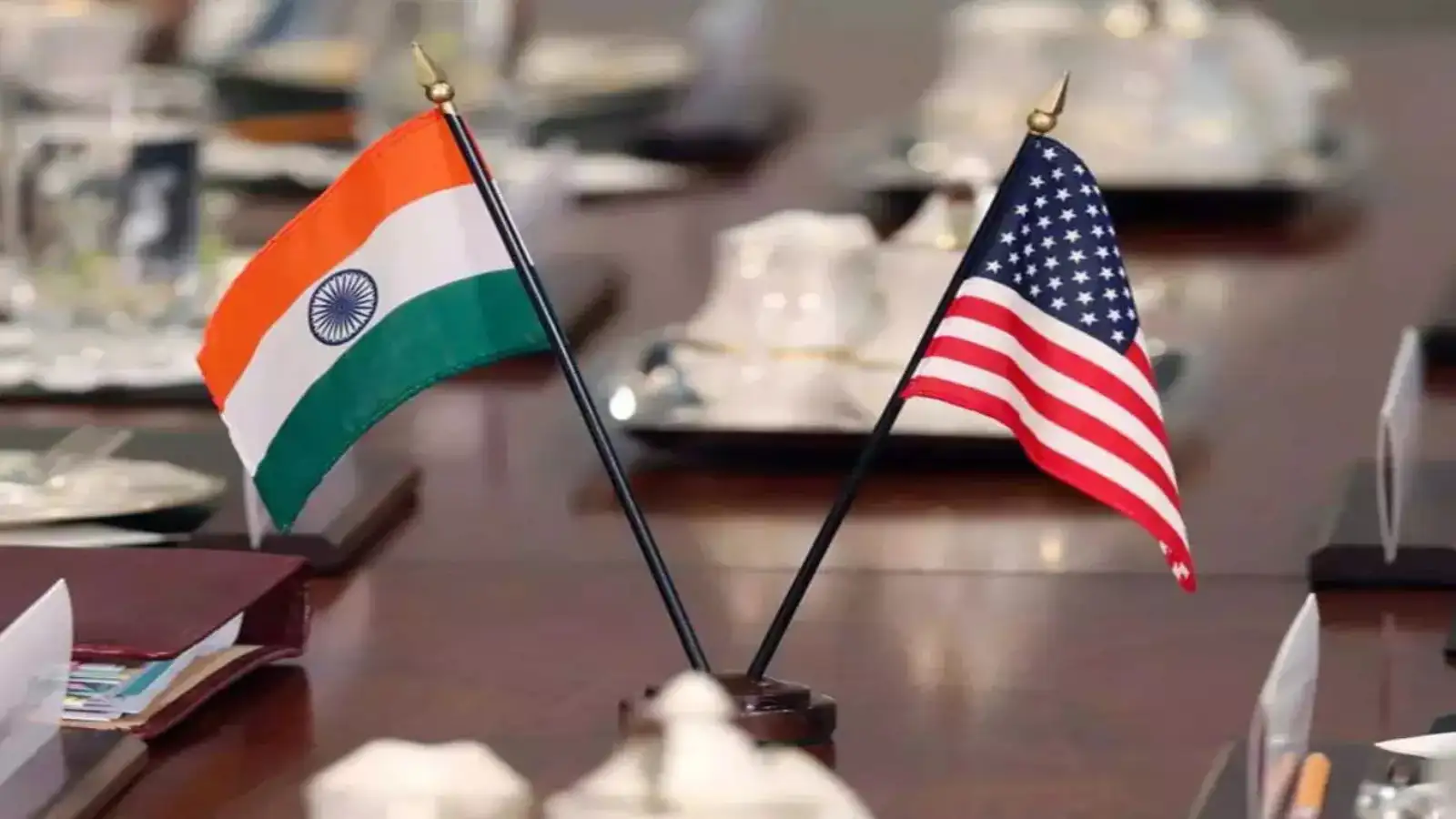US Trade Agreement: A Major Opportunity for Companies Across Sectors

NEW DELHI: Dixon Electronics, often referred to as India’s equivalent of Foxconn, has significantly expanded its manufacturing capabilities in recent years. The company has secured contract-manufacturing orders from some of the world’s leading brands. In an interview, Dixon’s chairman, Sunil Vachani, emphasized that India is currently the most advantageous location for manufacturing, citing a large workforce, cost-effective production, high productivity, and robust government incentives as key factors driving this growth.
Impact of US Tariffs on India’s Manufacturing Landscape
The imposition of tariffs by the United States has reshaped the global manufacturing landscape, presenting both challenges and opportunities for India. Vachani noted that the initial wave of opportunities arose during Donald Trump’s first term, as companies sought alternatives to China. However, at that time, India’s manufacturing sector was not adequately prepared, resulting in a missed opportunity as countries like Vietnam advanced. Today, the situation is markedly different. Vachani highlighted that the Indian industry is now better equipped to seize this larger opportunity, thanks in part to the smartphone production-linked incentive (PLI) scheme. This initiative has allowed Dixon to ramp up its production capacity from a few million smartphones annually to nearly 70 million. He believes that if India can establish a bilateral trade agreement with the US that includes zero tariffs, it would create unprecedented opportunities for the country.
Building Scale in Manufacturing
Dixon’s growth has led to comparisons with Foxconn, raising questions about the potential for India to develop similar manufacturing scale. Vachani explained that achieving large-scale production requires a combination of trained manpower and modern machinery to ensure high productivity. India possesses a vast pool of labor that is eager to be employed. The challenge lies in investing in training and skill development to enhance productivity. Vachani stressed that the industry must focus on equipping this workforce with the necessary skills to meet the demands of modern manufacturing.
Strategic Partnerships with Global Suppliers
In the fast-paced world of technology, Vachani acknowledged the importance of forming strategic partnerships with suppliers from countries like China, Vietnam, and Taiwan. He pointed out that attempting to develop new technologies independently could be time-consuming and counterproductive. Instead, he advocates for collaborations with established component suppliers who already serve major customers. This approach would allow for quicker integration of necessary technologies while ensuring compliance with security regulations. Vachani believes that such partnerships could be mutually beneficial, providing Chinese suppliers access to the Indian market while helping India enhance its manufacturing capabilities.
The Road Ahead for Indian Manufacturing
Reflecting on the current state of smartphone manufacturing in India, Vachani noted that the country has come a long way from being primarily an importer a decade ago. However, he acknowledged that China remains significantly ahead in terms of manufacturing capabilities and the development of a comprehensive component ecosystem. Vachani is optimistic about India’s potential to build its own strengths over time, but he emphasizes the need for continued investment and strategic planning to ensure that the country does not miss out on future opportunities in the global manufacturing arena.
Observer Voice is the one stop site for National, International news, Sports, Editor’s Choice, Art/culture contents, Quotes and much more. We also cover historical contents. Historical contents includes World History, Indian History, and what happened today. The website also covers Entertainment across the India and World.
Follow Us on Twitter, Instagram, Facebook, & LinkedIn

